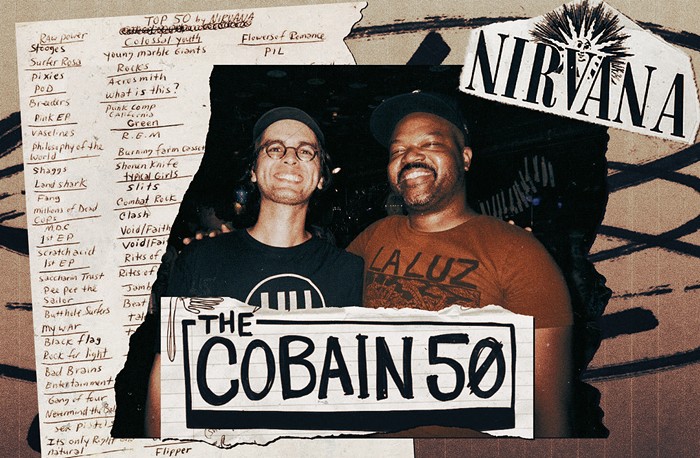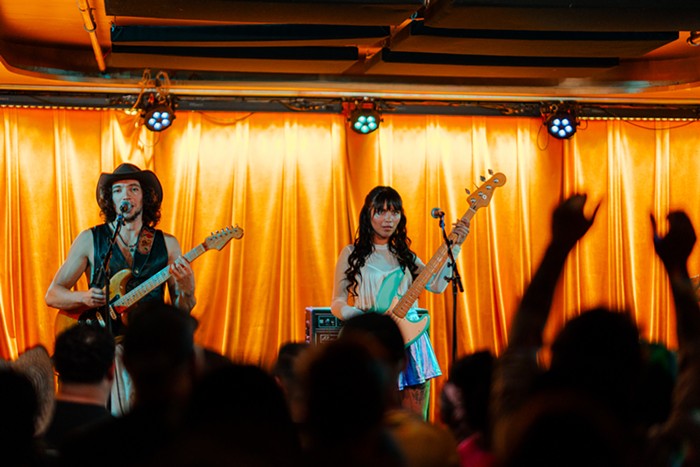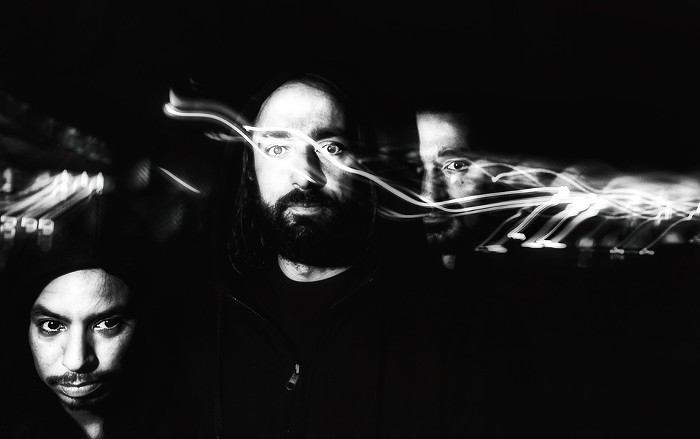
News of the potential sale of the former Immigration and Naturalization Services (INS) building rattled the artist community that has called the space home for over a decade. Housed inside the historic building in the Chinatown-International District since 2010, Inscape Arts bills itself as the “largest arts and culture enclave in Seattle,” with upwards of 125 tenants and over 77,000 square feet of space.
"It's like a last refuge for artists that have had to move out of multiple spaces already," said Dan Hudson, executive director of the National Film Festival for Talented Youth, whose offices are located in the building. Having worked inside the Inscape for years, Hudson is unsettled by what a potential sale could mean for the artists in the building.
Word that the property was up for sale started circulating around the building two weeks ago, when a tenant discovered a listing on real estate company Marcus & Millichap’s website. In a phone interview, vice president of investments Brian Mayer said the company had prepared everything to sell the property pre-pandemic, but they were sitting on it to see how the state's reopening shook out. A website update posted the listing in error.
While the building itself is protected by the National Register of Historic Places, the 12,888 square foot vacant parcel of land behind Inscape is ripe for redevelopment. Regardless, Mayer told me there are currently “no plans whatsoever” to kick out the artist tenants. Mayer also said the ownership group Marcus & Millichap represents hopes that the new owner would keep the same use of the building. Given the gradual loss of artist spaces in the city's core, however, it's easy to understand the tenants' trepidations about the sale.

In 2014, the Wing Luke Museum permanently installed placards that pay tribute to the former semi-carceral life of the building. Art preserves that memory.
For Tamaribuchi, the building's proximity to the C-ID allows her to work on art and "eyeball the elders" to make sure everyone is doing okay. "It's been wonderful to actually work by my cultural community," she told me. If Inscape were to disappear, she's not sure where she would go. The location, community, and history of Inscape makes her feel "connected" to the building.
Similarly, Seattle painter and interdisciplinary artist barry johnson is in the final stretch of his residency at Inscape. Having worked in Inscape for seven years, he said his "career as an artist was built there." He said the location and relative affordability of having a studio near the urban core of Seattle is a huge advantage when it comes to creating and showing work. Coupled with the community of artists he's met at Inscape, the city's art community has a lot to lose.
"To know that the thing that acts as the longest running vessel for artists to [meet each other] could potentially go away—it hurts all of us in a very big way," he said.

Replacing Inscape Arts with one giant fucking barre studio and a glass luxury high-rise isn’t a foregone conclusion, but Inscape artists are understandably justified in fearing the loss of this artist space, especially in the face of a pandemic that has upended funding for a historically underfunded sector.
While there are other art studio spaces in Seattle—Equinox Studios in Georgetown, Tashiro Kaplan Artists Lofts in Pioneer Square, the '57 Biscayne studios on Cherry—none rival the size of Inscape. If these artists were displaced, accommodating the deluge of artists and organizations that live in the building would be difficult. Inscape Arts represents a last bastion of enormous spaces for artists in the city.
"If the building sells and we're not able to find a solution to preserve it as a cultural space... there's just not a lot on the horizon as an available option," said Hudson. "A lot of people would say 'that's it for me,' and pack it up for good."

But situations like these—owners looking to sell a beloved arts space—are exactly what the newly formed city-backed real estate developer, the Cultural Space Agency, was designed to assist with. Formed late last year, the CSA operates as "a developer with a conscience," aiming to slow displacement by leasing spaces, buying buildings or shares in buildings, and connecting Seattle's cultural community members with like-minded (and monied) partners.
"In real estate, people talk about the 'highest and best use' of a piece of property,'" Seattle cultural space liaison Matthew Richter told me over email. "The Cultural Space Agency is based on the premise that there are higher and better uses than wealth extraction; that there are civic priorities around arts & culture, and anti-racist practice, and community wealth-building, that invest in neighborhoods instead of exploiting them."
While he was mum on any exactly how CSA will get involved in this situation or in any ongoing discussions his agency is having with the artists at Inscape, it could be the right step in preserving the space for artistic use. Mayer from Marcus & Millichap told me his company has only just begun to widely promote the listing of the building. They haven't gotten any big bites yet.



















